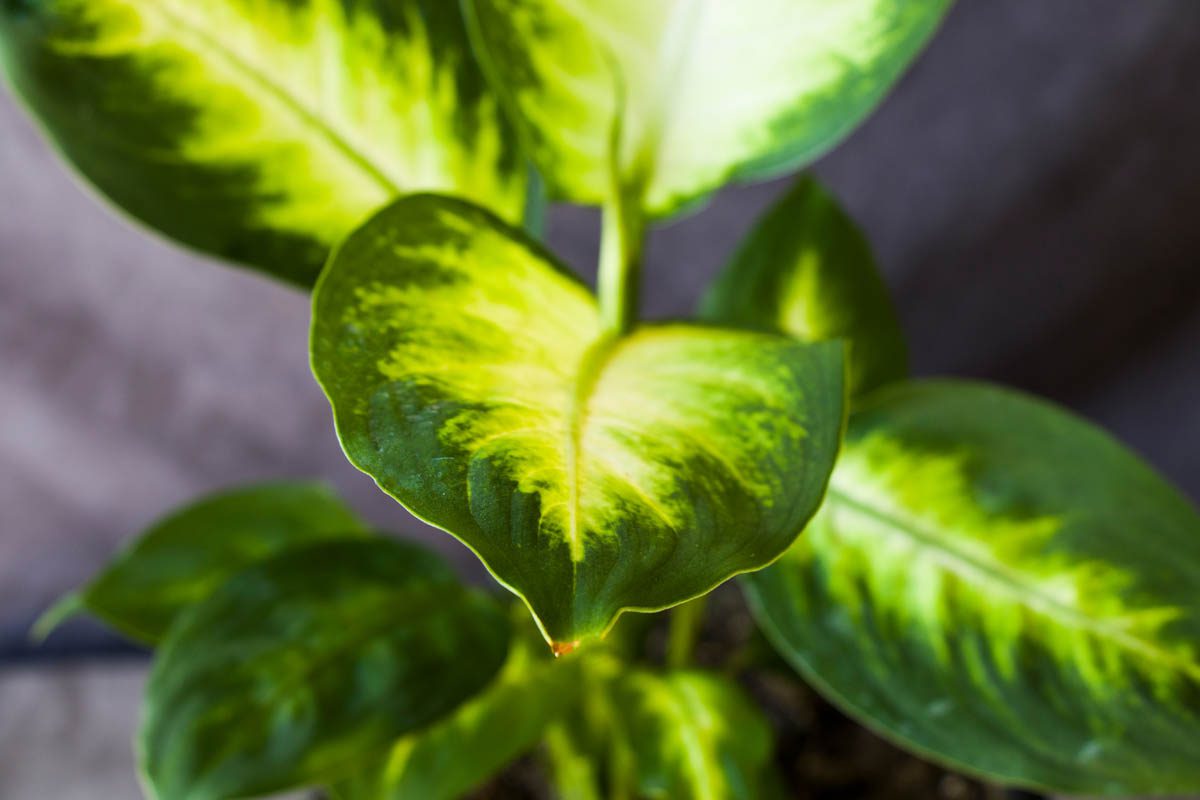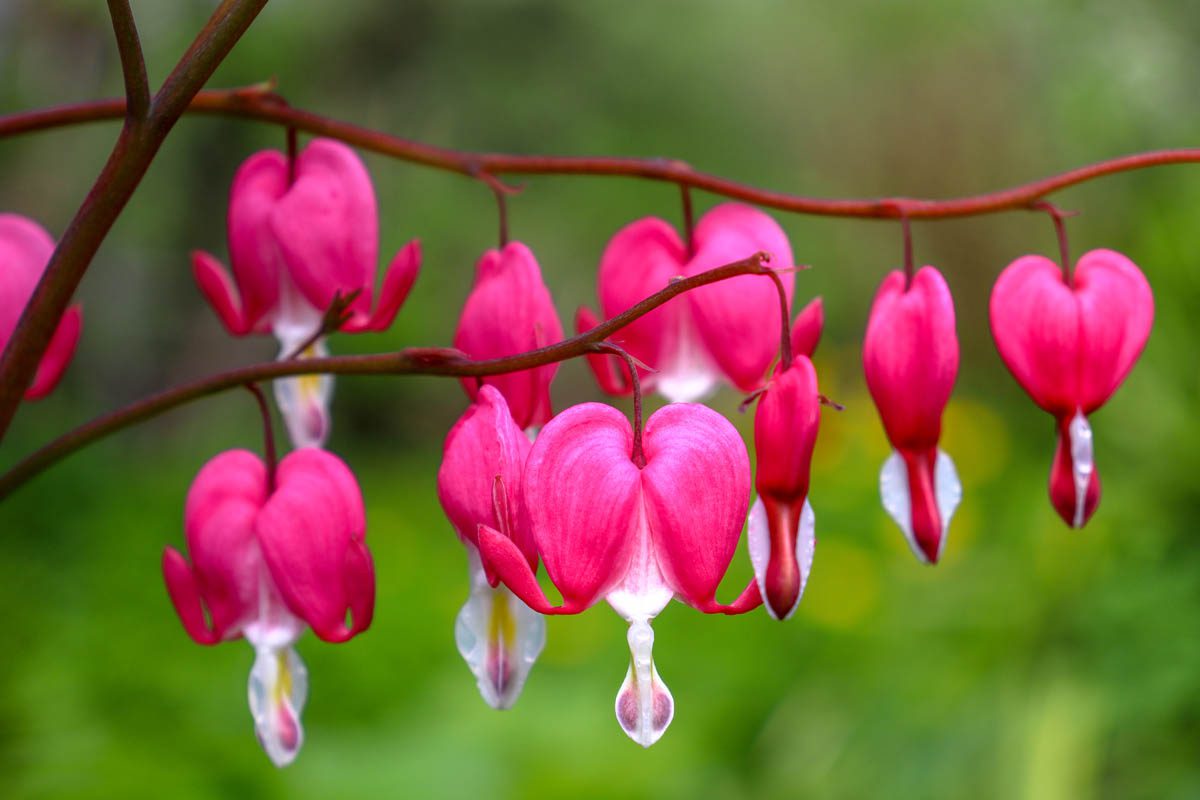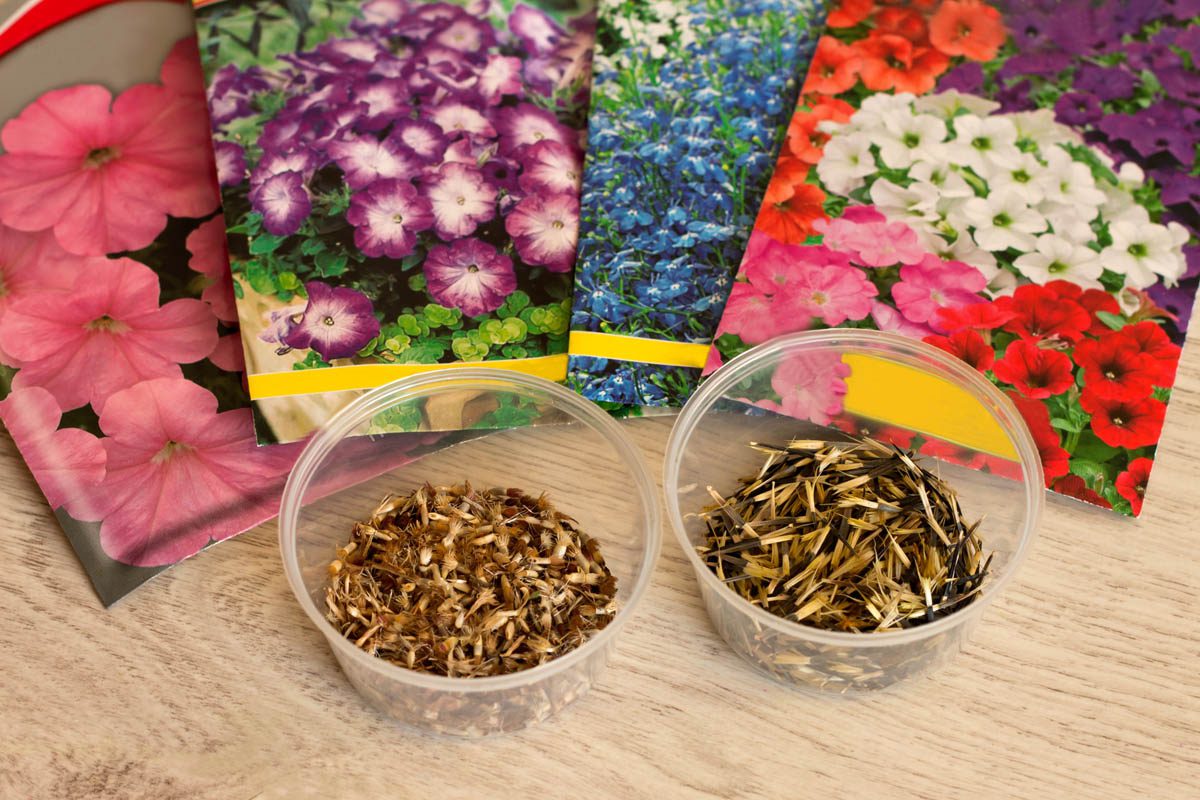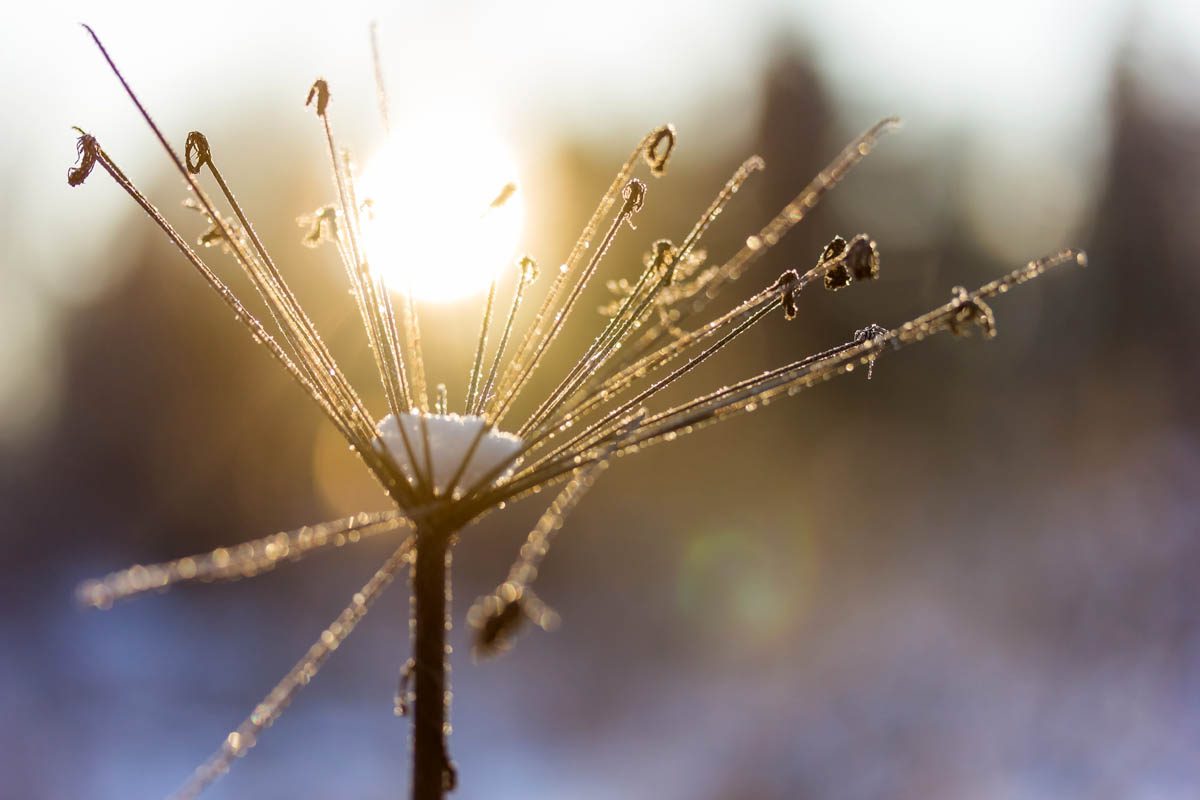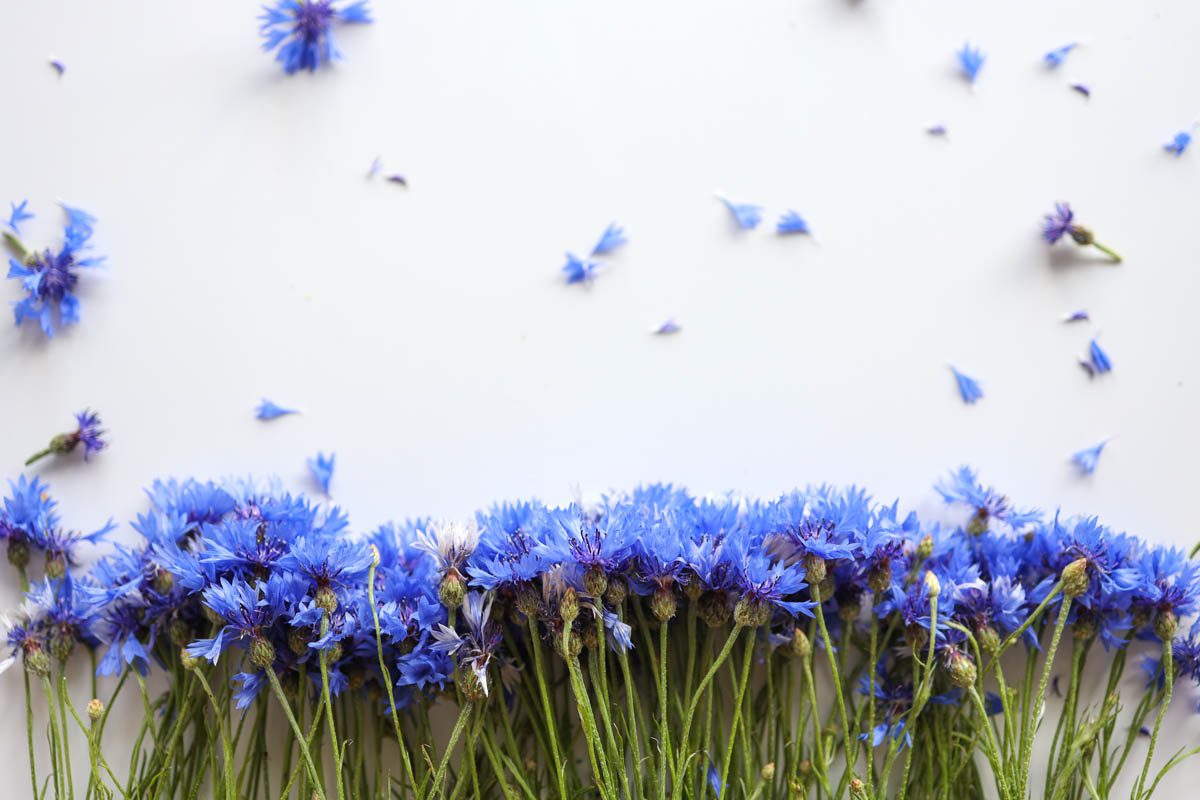|
Celsius
|
Fahrenheit
|
Stratification?
|
| African daisy (Arctotis stoechadifolia) |
18 – 21 |
65 – 70 |
No |
| African daisy (Osteospermum spp.) |
21 – 24 |
70 – 75 |
No |
| Alyssum (Lobularia maritima) |
12 – 23 |
55 – 75 |
No |
| Amethist flower (Browallia spp.) |
18 – 21 |
65 – 70 |
No |
| Aster (Aster spp.) |
18 – 23 |
65 – 75 |
No |
| Baby’s breath (Gypsophila spp.) |
15 – 18 |
60 – 65 |
No |
| Balloon flower (Platycodon grandiflorus) |
16 – 20 |
60 – 68 |
No |
| Bear’s breeches (Acanthus mollis) |
18 – 21 |
65 – 70 |
No |
| Bee balm (Monarda didyma) |
16 – 21 |
60 – 70 |
No |
| Begonia (Begonia spp.) |
18 – 21 |
65 – 70 |
No |
| Bellflower (Campanula spp.) |
21 – 23 |
70 – 75 |
Yes |
| Bells-of-Ireland (Moluccella laevis) |
13 – 18 |
55 – 64 |
Yes |
| Black-eyed Susan (Rudbeckia hirta) |
18 – 21 |
65 – 70 |
Yes |
| Bleeding heart (Dicentra spectabilis) |
4 – 12 |
40 – 55 |
Yes |
| Boltonia (Boltonia spp.) |
18 – 21 |
65 – 70 |
No |
| Borage (Borago officinalis) |
18 – 29 |
65 – 85 |
No |
| Bugle flower (Ajuga spp.) |
10 – 15 |
50 – 60 |
No |
| Bugloss (Anchusa capensis) |
18 – 21 |
65 – 70 |
No |
Butter daisy (Melampodium
paludosum) |
18 – 21 |
65 – 70 |
No |
| Butterfly flower (Schizanthus spp.) |
18 – 22 |
65 – 71 |
No |
| Butterfly weed (Asclepias tuberosa) |
18 – 24 |
65 – 75 |
Yes |
| Calendula (Calendula officinalis) |
18 – 21 |
65 – 70 |
No |
| Californian poppy (Eschscholzia californica) |
12 – 21 |
55 – 70 |
No |
| Candytuft (Iberis spp.) |
23 – 29 |
75 – 85 |
No |
| Canterbury bells (Campanula medium) |
18 – 21 |
65 – 70 |
Yes |
| Cape jewels (Nemesia strumosa) |
13 – 18 |
55 – 65 |
No |
| Carnation (Dianthus spp.) |
15 – 21 |
60 – 70 |
No |
| Catnip/catmint (Nepeta spp.) |
18 – 21 |
65 – 70 |
No |
| Chamomile (Matricaria chamomilla) |
18 – 21 |
65 – 70 |
Yes |
| Chilean bellflower (Nolana paradoxa) |
20 – 22 |
68 – 72 |
No |
| Chinese aster (Callistephus chinensis) |
20 – 23 |
68 – 73 |
No |
| Chinese forget-me-not (Cynoglossum amabile) |
18 – 20 |
65 – 68 |
No |
| Chinese lantern (Physalis alkekengi) |
16 – 21 |
60 – 70 |
No |
| Chrysanthemum (Chrysanthemum spp.) |
18 – 23 |
65 – 75 |
No |
| Clematis (Clematis spp.) |
20 – 22 |
68 – 73 |
Yes |
| Cliquefoil (Potentilla spp.) |
19-21 |
67-70 |
No |
| Cohosh (Cimicifuga spp.) |
18 – 21 |
65 – 70 |
No |
| Columbine (Aquilegia spp.) |
10 – 12 |
50 – 55 |
Yes |
| Common rockrose (Helianthemum nummularium) |
21 – 24 |
70 – 75 |
No |
| Common sneezeweed (Helenium autumnale) |
19 – 22 |
65 – 73 |
No |
| Coral bell (Heuchera spp.) |
18 – 21 |
65 – 70 |
No |
| Corncockle (Agrostemma githago) |
15 – 21 |
60 – 70 |
No |
| Cornflower (Centaurea cyanus) |
15 – 21 |
60 – 70 |
No |
| Cosmos (Cosmos bipinnatus) |
21 – 25 |
70 – 77 |
No |
| Cup and saucer vine (Cobaea scandens) |
21 – 23 |
70 – 75 |
No |
| Cupflower (Nierembergia spp.) |
21 – 23 |
70 – 75 |
No |
| Cupid’s bow (Achimenes spp.) |
21 – 23 |
70 – 75 |
No |
| Cupid’s dart (Catananche caerulea) |
20 – 23 |
68 – 75 |
No |
| Cyclamen (Cyclamen spp.) |
18 – 20 |
65 – 68 |
No |
| Dahlberg daisy (Dyssodia tenuiloba) |
18 – 21 |
65 – 70 |
No |
| Dahlia (Dahlia spp.) |
21 – 23 |
70 – 75 |
No |
| Delphinium (Delphinium elatum) |
15 – 20 |
59 – 68 |
Yes |
| Echinacea (Echinacea spp.) |
18 – 21 |
65 – 70 |
Yes |
| Edeiweiss (Leontopodium alpinum) |
18 – 21 |
65 – 70 |
Yes |
| English daisy (Bellis perennis) |
18 – 21 |
65 – 70 |
No |
| Evening primrose (Oenothera spp.) |
21 – 26 |
70 – 80 |
No |
| Everlasting (Helichrysum bracteatum) |
21 – 24 |
70 – 75 |
No |
| False sunflower (Heliopsis spp.) |
21 – 23 |
70 – 73 |
No |
| Fan flower (Scaevola aemula) |
20 – 22 |
68 – 71 |
No |
| Firecracker flower (Crossandra infundibuliformis) |
21 – 27 |
70 – 80 |
No |
| Flax (Linum usitatissimum) |
18 – 21 |
65 – 70 |
No |
| Fleabane (Erigeron spp.) |
18 – 21 |
65 – 70 |
No |
| Floss flower (Ageratum houstonianum) |
24 – 29 |
75 – 85 |
No |
| Forget-me-not (Myosotis spp.) |
18 – 21 |
65 – 70 |
No |
| Foxglove (Digitalis spp.) |
15 – 18 |
60 – 65 |
No |
| Garden heliotrope (Heliotropium spp.) |
18 – 21 |
65 – 70 |
No |
| Gay feather (Liatris spp.) |
18 – 21 |
65 – 70 |
Yes |
| Gazania (Gazania spp.) |
15 – 18 |
60 – 65 |
No |
| Gerbera (Gerbera spp.) |
21 – 23 |
70 – 73 |
No |
| Geum (Geum spp.) |
18 – 21 |
65 – 70 |
No |
| Globeflower (Trollius spp.) |
18 – 21 |
65 – 70 |
Yes |
| Glory of the snow (Chionodoxa spp.) |
10 – 15 |
50 – 59 |
Yes |
| Gloxinia (Sinningia speciosa) |
19 – 21 |
66 – 70 |
No |
| Goldencup (Hunnemannia fumariifolia) |
19 – 21 |
66 – 70 |
No |
| Goldenrod (Solidago spp.) |
20 – 22 |
68 – 71 |
Yes |
| Goldentuft (Aurinia saxatilis) |
15 – 21 |
59 – 70 |
No |
| Hellebore (Helleborus spp.) |
18 – 21 |
65 – 70 |
Yes |
| Hibiscus (Hibiscus spp.) |
21 – 26 |
70 – 75 |
No |
| Hollyhock (Alcea rosea) |
15 – 21 |
60 – 70 |
Yes |
| Iceland poppy (Papaver nudicaule) |
18 – 24 |
65 – 75 |
Yes |
| Impatiens (Impatiens spp.) |
21 – 23 |
70 – 73 |
No |
| Jacob’s ladder (Polemonium spp.) |
18 – 21 |
65 – 70 |
No |
| Laceflower (Trachymene coerulea) |
18 – 21 |
65 – 70 |
No |
| Ladys purse (Calceolaria spp.) |
21 – 23 |
70 – 73 |
No |
| Larkspur (Consolida ambigua) |
10 – 12 |
50 – 55 |
Yes |
| Lavender (Lavandula spp.) |
18 – 21 |
65 – 70 |
No |
| Leopard plant (Ligularia spp.) |
18 – 21 |
65 – 70 |
No |
| Linaria (Linaria spp.) |
12 – 18 |
55 – 65 |
Yes |
| Lisianthus (Eustoma grandiflorum) |
22 – 23 |
72 – 73 |
No |
Livingstone daisy (Dorotheanthus
bellidiformis) |
18 – 24 |
65 – 78 |
No |
| Lobelia (Lobelia spp.) |
18 – 23 |
65 – 73 |
No |
| Love-lies-bleeding (Amaranthus caudatus) |
20 – 28 |
68 – 82 |
No |
| Lupine (Lupinus spp.) |
12 – 21 |
55 – 70 |
Yes |
Madagascar periwinkle (Catharanthus
roseus) |
24 – 27 |
75 – 80 |
No |
| Marigold (Tagetes spp.) |
21 – 23 |
70 – 73 |
No |
| Marshmallow plant (Althaea officinalis) |
15 – 21 |
60 – 70 |
Yes |
| Mexican creeping zinnia (Sanvitali procumbens) |
18 – 21 |
65 – 70 |
No |
| Mignonette (Reseda odorata) |
12 – 14 |
53 – 57 |
No |
| Monkey flowers (Mimulus spp.) |
15 – 21 |
60 – 70 |
No |
| Monk’s hood (Aconitum spp.) |
12 – 15 |
55 – 60 |
Yes |
Morning glory (Convolvulus spp.)
|
20 – 21 |
68 – 70 |
No |
| Nasturtium (Tropaeolum majus) |
15 – 18 |
60 – 65 |
No |
| Nemesia (Nemesia spp.) |
12 – 18 |
55 – 65 |
No |
| Nemophila (Nemophila spp.) |
12 – 15 |
55 – 60 |
No |
| Nigella (Nigella damascena) |
15 – 18 |
60 – 65 |
No |
| Obedient plant (Physostegia virginiana) |
18 – 21 |
65 – 70 |
No |
| Pansy (Viola tricolor var. hortensis) |
15 – 23 |
60 – 73 |
No |
| Pearly everlasting (Anaphalis margaritacea) |
18 – 21 |
65 – 70 |
No |
| Persian violet (Exacum affine) |
21 – 24 |
70 – 78 |
No |
| Petunia (Petunia spp.) |
18 – 23 |
65 – 73 |
No |
| Phlox (Phlox spp.) |
15 – 18 |
60 – 65 |
No |
| Poppy (Papaver spp.) |
15 – 20 |
60 – 68 |
Yes |
| Portulaca (Portulaca spp.) |
21 – 26 |
70 – 80 |
No |
| Pride of Madeira (Echium candicans) |
15 – 20 |
60 – 68 |
No |
| Primrose (Primula spp.) |
15 – 18 |
60 – 65 |
Yes |
| Purple rock cress (Aubrieta deltoidea) |
18 – 21 |
65 – 70 |
No |
| Queen Anne’s lace (Daucus carota) |
16 – 18 |
60 – 65 |
No |
| Rock cress (Arabis spp.) |
18 – 21 |
65 – 70 |
No |
| Rudbeckia (Rudbeckia spp.) |
21 – 23 |
70 – 73 |
No |
| Salvia (Salvia officinalis) |
21 – 23 |
70 – 73 |
No |
| Satin flower (Clarkia amoena) |
21 – 23 |
70 – 73 |
No |
| Shooting star (Dodecatheon meadia) |
18 – 21 |
65 – 70 |
Yes |
| Sea holly (Eryngium spp.) |
18 – 23 |
65 – 73 |
Yes |
| Shasta daisy (Leucanthemum x superbum) |
18 – 21 |
65 – 70 |
No |
| Snapdragon (Antirrhinum majus) |
18 – 23 |
65 – 73 |
Yes |
| Snow-in-summer (Cerastium tomentosum) |
18 – 21 |
65 – 70 |
No |
| Speedwell (Veronica spp.) |
18 – 24 |
65 – 75 |
No |
| Spider flower (Cleome spinosa) |
21 – 23 |
70 – 73 |
Yes |
| Statice (Limonium sinuatum) |
15 – 20 |
60 – 68 |
No |
| Stock (Matthiola incana) |
15 – 18 |
60 – 65 |
No |
| Stoke’s aster (Stokesia laevis) |
21 – 24 |
70 – 75 |
No |
| Sunflower (Helianthus spp.) |
21 – 23 |
70 – 73 |
No |
| Swan river daisy (Brachyscome iberidifolia) |
21 – 24 |
70 – 78 |
No |
| Sweet pea (Lathyrus odoratus) |
12 – 18 |
55 – 65 |
No |
| Trumpet flower (Incarvillea spp.) |
18 – 21 |
65 – 70 |
No |
| Tweedia (Oxypetalum coeruleum) |
18 – 21 |
65 – 70 |
No |
| Twinspur (Diascia spp.) |
15 – 18 |
60 – 65 |
No |
| Verbena (Verbena spp.) |
18 – 23 |
65 – 73 |
No |
| Viola (Viola spp.) |
18 – 23 |
65 – 73 |
No |
| Virginian stock (Malcolmia maritima) |
18 – 23 |
65 – 73 |
No |
| Wallflower (Erysimum cheiri, syn. Cheiranthus cheiri) |
15 – 18 |
60 – 65 |
No |
| Wild indigo (Baptisia spp.) |
18 – 21 |
65 – 70 |
No |
| Wishbone flower (Torenia fournieri) |
21 – 23 |
70 – 75 |
No |
| Xeranthemum (Xeranthemum annuum) |
24-35 |
75 – 95 |
No |
| Yarrow (Achillea spp.) |
18 – 21 |
65 – 70 |
Yes |
| Yellow lotus (Nelumbo lutea) |
21 – 24 |
70 – 78 |
No |
| Zinnia (Zinnia spp.) |
21 – 23 |
70 – 73 |
No |
